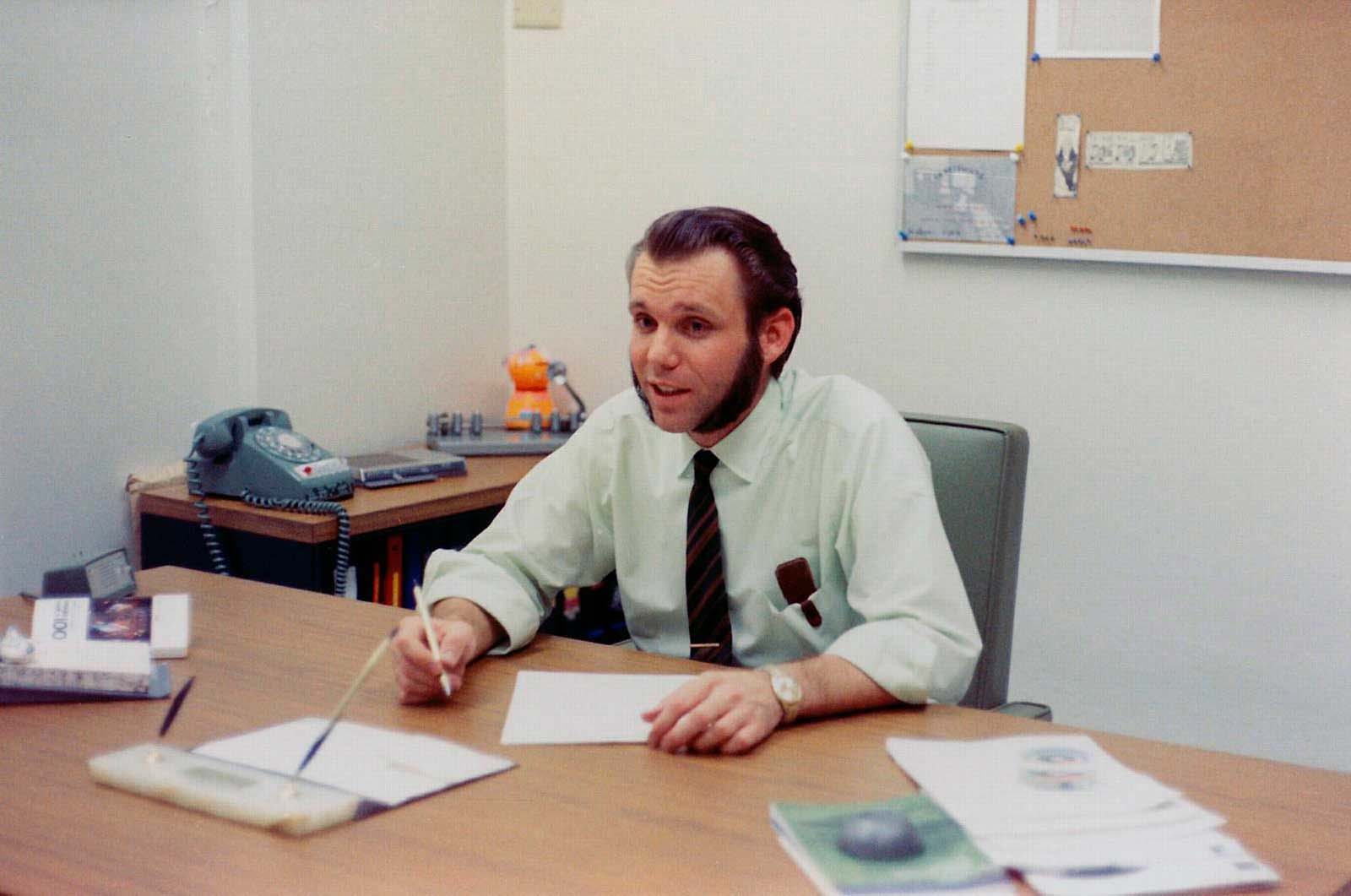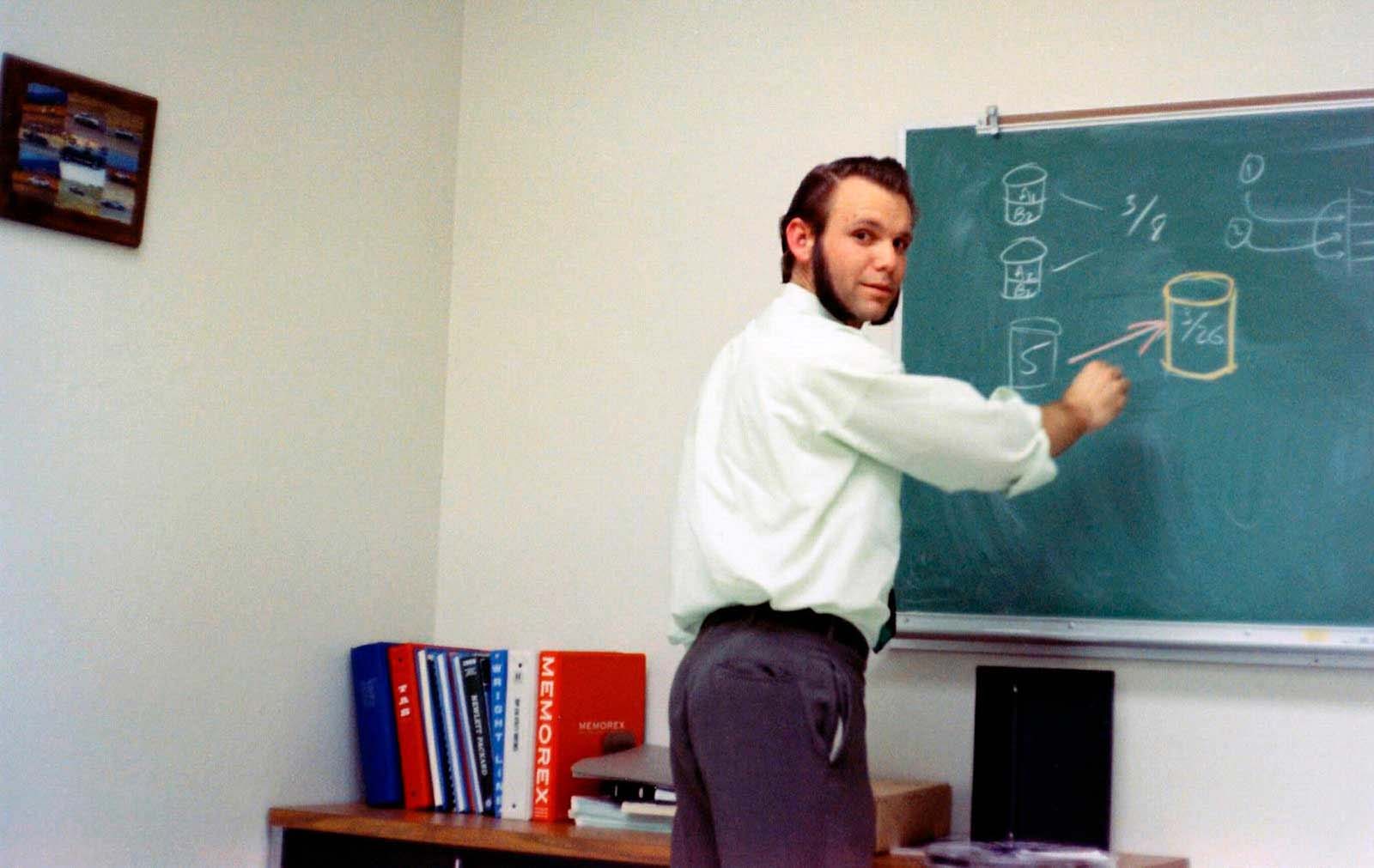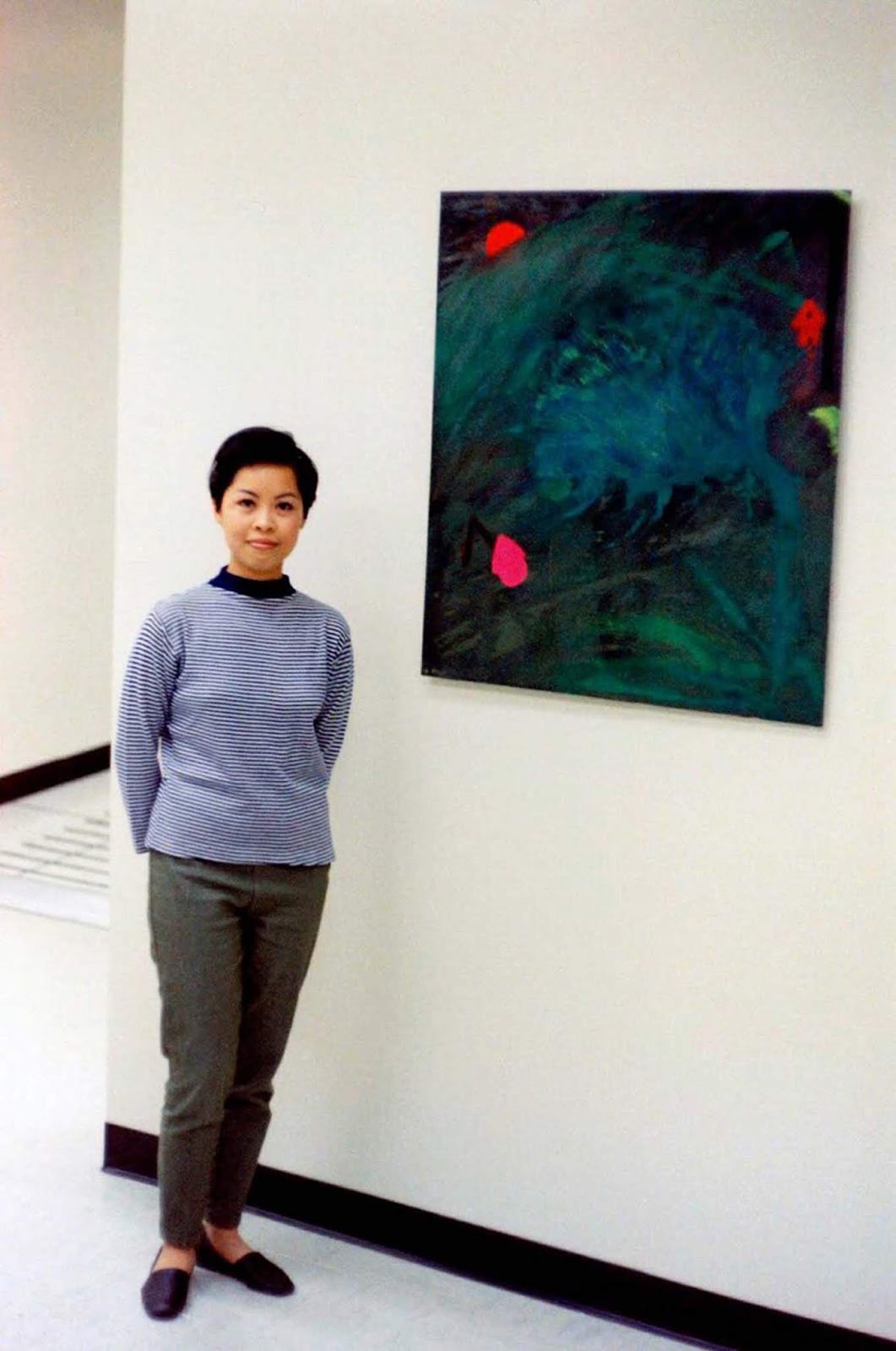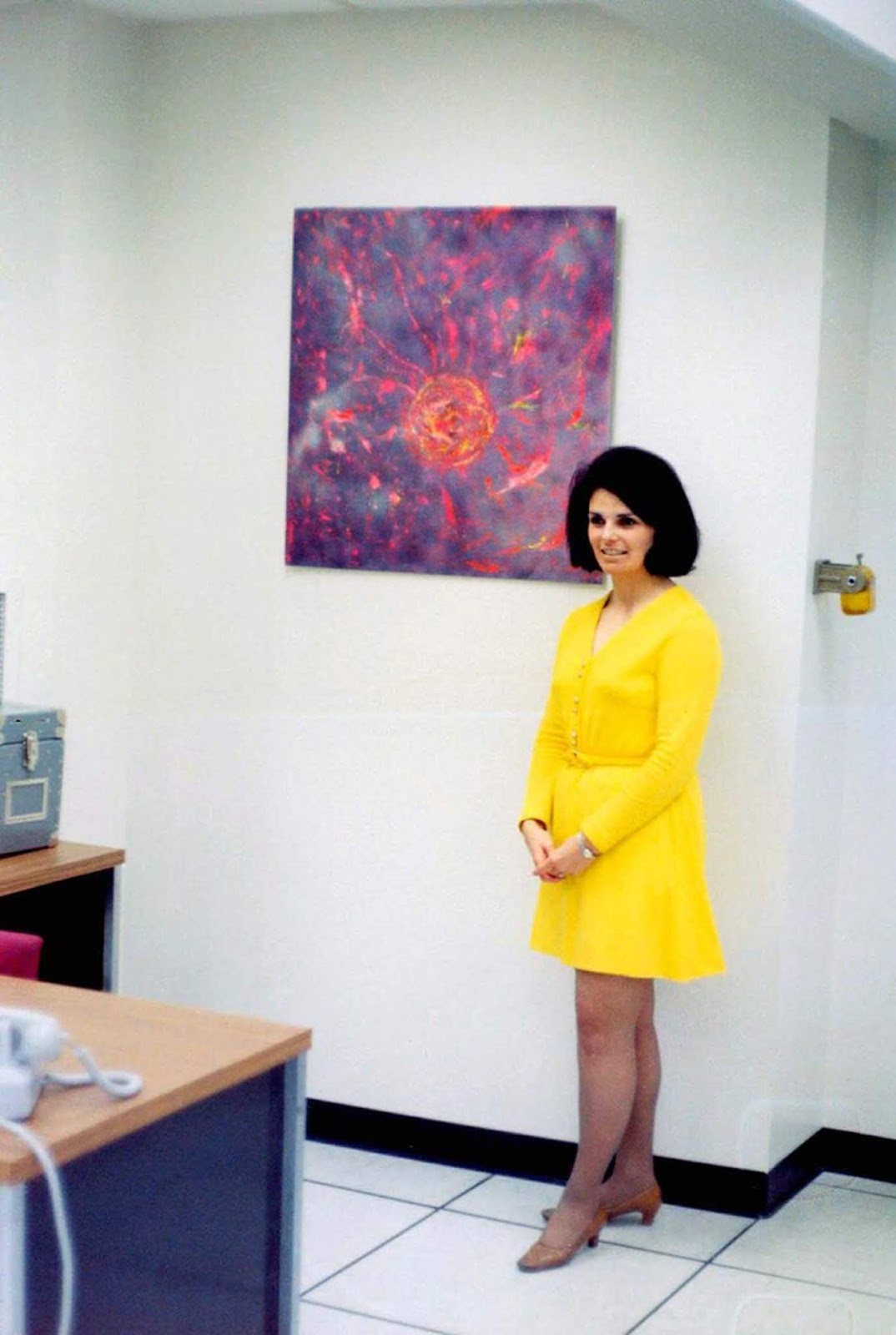By the early 1920s, the research effort had grown so large—over 3600 employees by 1924—management decided to split it off into its own organization. This new subsidiary Bell Telephone Laboratories Inc. began operations on January 1, 1925. It was owned jointly by AT&T and Western Electric and occupied the existing research building in New York City. Bell Labs was on its way to becoming the world’s largest industrial research laboratory. In the 1930s and through the end of World War II, Bell Labs continued to expand. The company established new research facilities in New Jersey, where open land was still plentiful and cheap, and radio research could be conducted free of the interference found in New York City. The huge resources of AT&T, which had a monopoly on telephone service, enabled Bell Labs to undertake fundamental research that had only loose ties to ordinary telephone service. In 1933, for example, Karl Jansky, working at the Holmdel, New Jersey facility, discovered radio astronomy. Another trend was closer cooperation with the military, which had begun during World War I, and which continued in the 1930s as Bell Labs began working on radar and military communication systems. When World War II came, Bell Labs invented or improved numerous military systems, such as the two-way radio, proximity fuses, semiconductor devices, radar, sonar, computers, the “bazooka,” and the first encrypted communications systems. This system, Sigaly, enabled US President Franklin Roosevelt and British Prime Minister Winston Churchill to hold regular telephone conversations across the Atlantic. At the end of the war, Bell Labs was at the peak of its power. From the late 1940s through the late 1970s, it reigned unchallenged as the largest and perhaps most inventive industrial laboratory in the world. Its engineers and scientists invented or brought to fruition numerous technologies, including the first transistor and many of its important variations. Although the integrated circuit was invented elsewhere, construction techniques invented at Bell Labs established many of the necessary precursors to it. The same could be said for fiber optic transmission, electronic switching systems, cellular telephony, satellite communication, solar power, and other technologies we use today. Although not all of their elements were invented at Bell Labs, it was there that the long and incredibly expensive development process brought them to maturity. And while there were notable failures, such as the “Picturephone” system, there were numerous inventions, some little-known at the time, which later became very important. The Charge-Coupled Device or CCD, now universally used in digital cameras, video cameras, the Hubble telescope, and elsewhere, was one such development. Bell Labs engineers Willard Boyle and George Smith invented it in the 1970s. In the 1960s, Lawrence Harley Luckham worked at Bell Labs and, one day, he took a camera to work: “In the late ’60’s I worked for Bell Labs for a few years managing a data center and developing an ultra high-speed information retrieval system. It was the days of beehive hair on women and big mainframe computers. One day I took a camera to work and shot the pictures below. I had a great staff, mostly women except for the programmers who were all men. For some reason, only one of them was around for the pictures that day”. These photographs shown here are taken by Larry Luckham. All of the captions are original. (Photo credit: Larry Luckham / luckham.org). Notify me of new posts by email.
Δ Subscribe


























